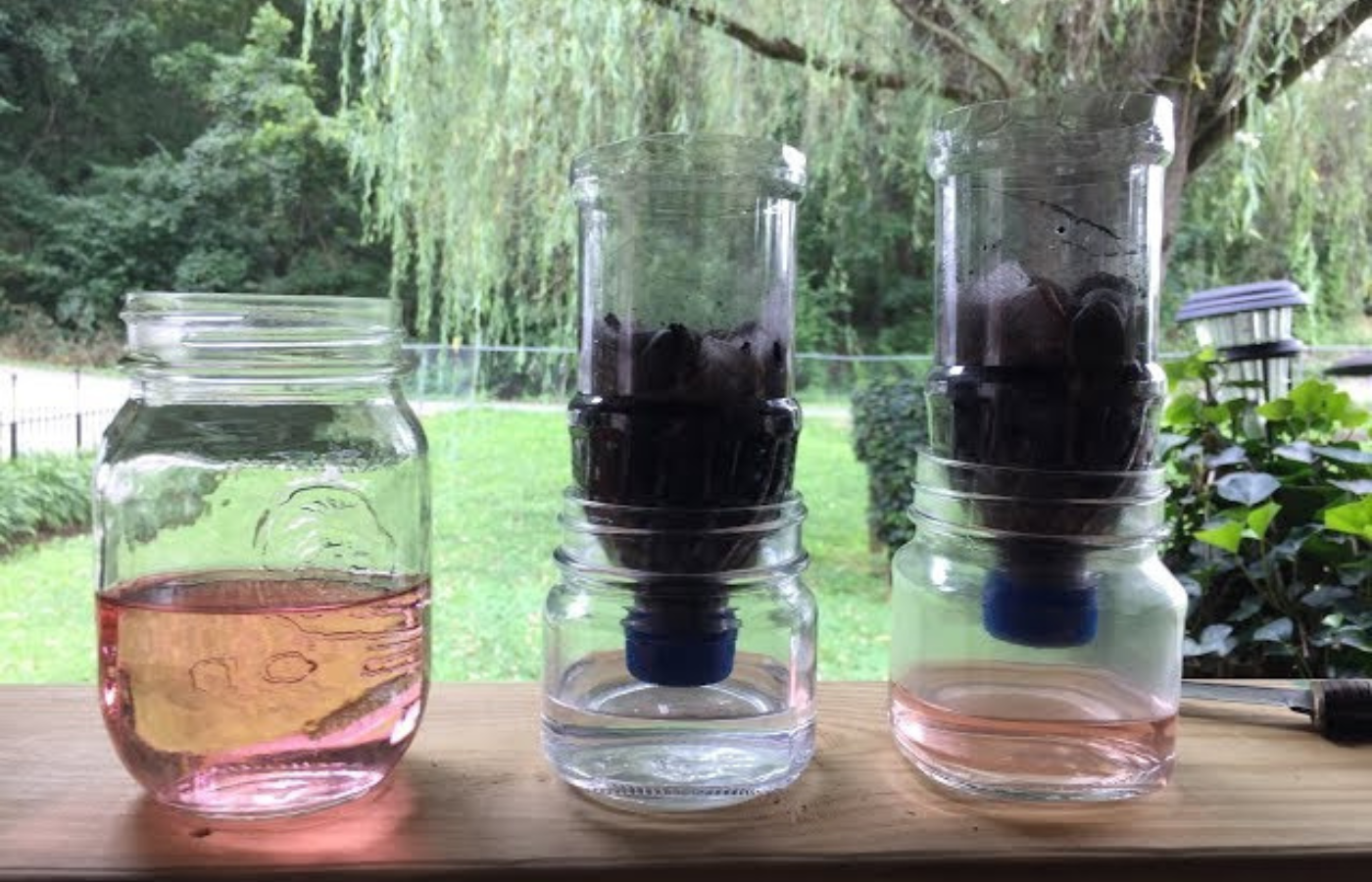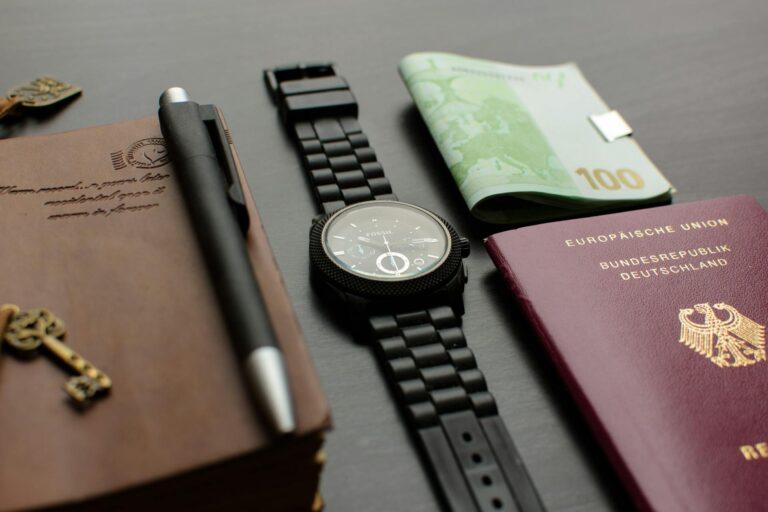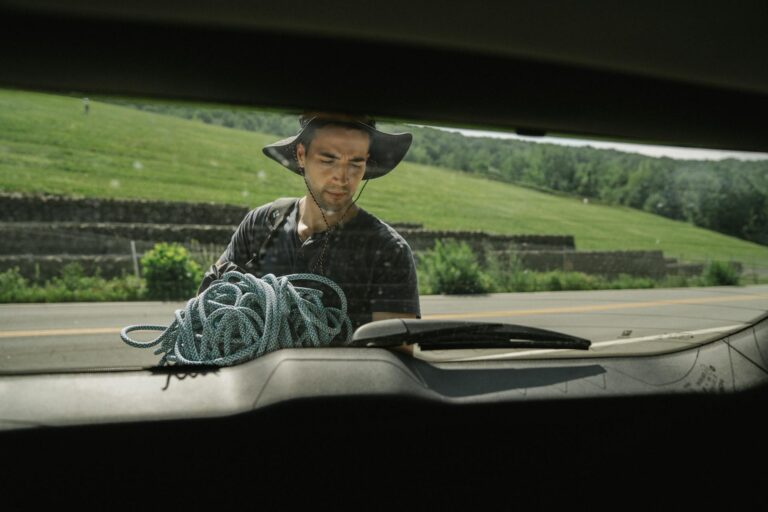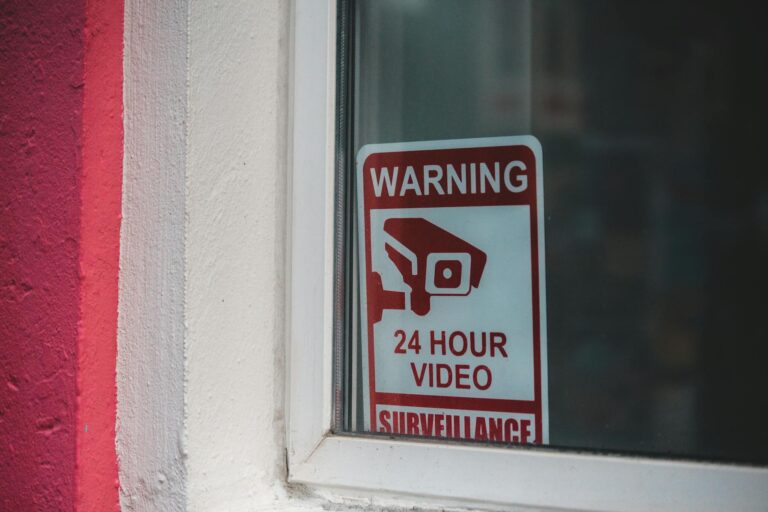Water is survival priority number one. You can last weeks without food—but only a few days without water. And when the tap runs dry or the source is sketchy, you have to know how to make that water safe.
Here are 15 proven ways to purify water when clean sources are gone. Some require gear. Others need only heat, sunlight, or creativity. Learn them now—because you don’t want to figure this out when you’re already thirsty.
1. Boiling

This is the gold standard. Bring water to a rolling boil for at least one full minute (three minutes at higher altitudes). It kills bacteria, viruses, and parasites.
No filters, no fancy gear—just heat. If you’ve got a fire and a pot, you’ve got clean water.
2. Water Filter (Pump or Gravity-Fed)
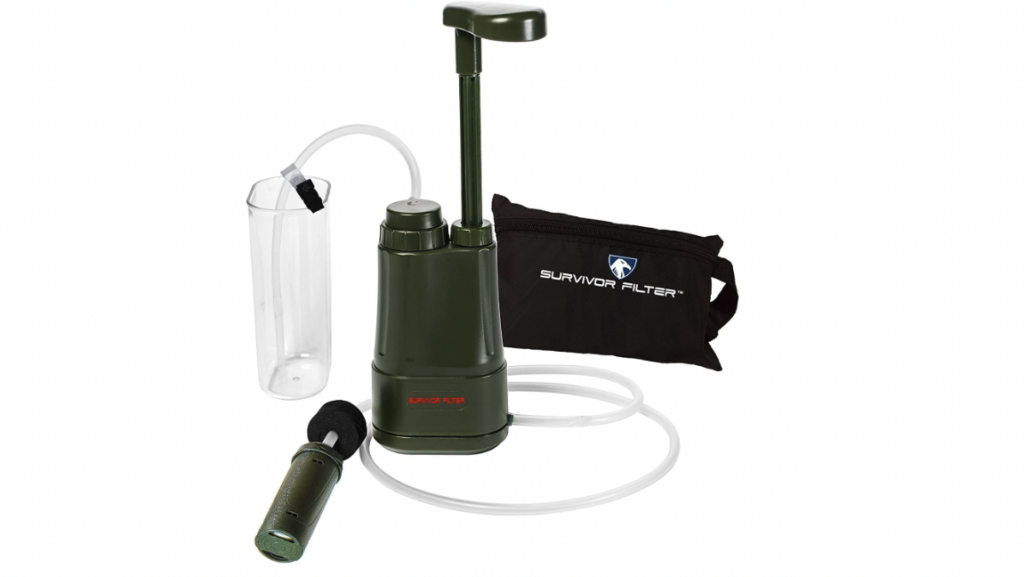
Pump and gravity filters remove bacteria, protozoa, and sometimes even viruses. They’re perfect for backpacking or home prep kits.
Look for filters with a micron rating of 0.2 or smaller for best results. Just remember: filters don’t always remove chemicals—know your source.
3. Straw Filters (Like LifeStraw)
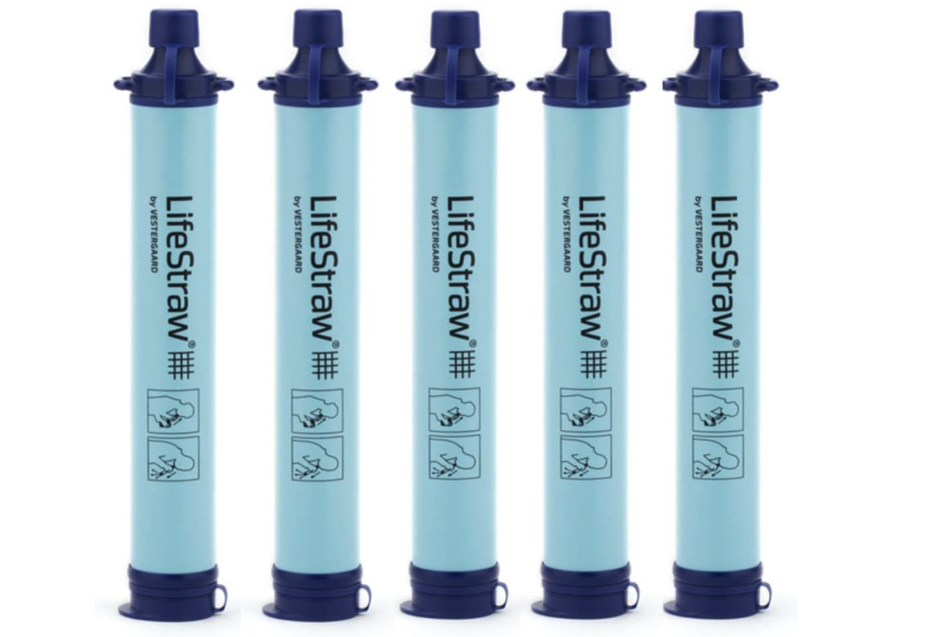
These pocket-sized tools let you drink straight from the source. They’re compact, simple, and ideal for bug-out bags.
They don’t last forever, so check the lifespan. Still, they’re a lifesaver in the field.
4. Water Purification Tablets
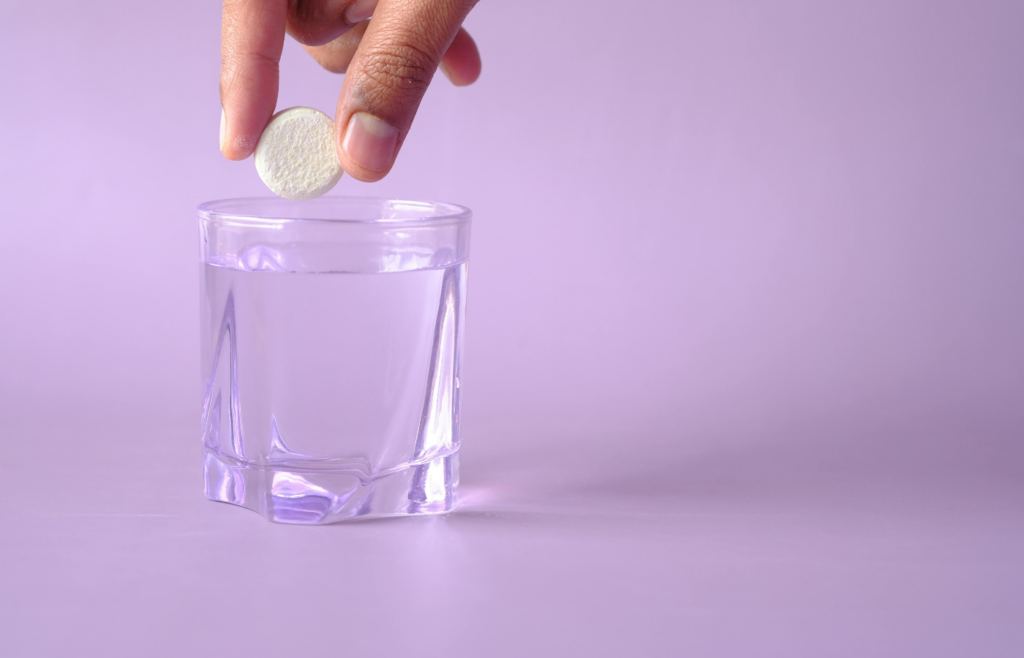
These tiny tabs use iodine or chlorine dioxide to kill pathogens. Drop them in and wait—usually 30 minutes to 4 hours depending on the tablet and water clarity.
They’re lightweight and long-lasting. Every prepper should keep a few packs on hand.
5. Bleach (Unscented Household Bleach)

Add 8 drops per gallon of water (16 if the water is cloudy), mix, and let it sit for 30 minutes. The bleach should be regular, unscented, and no older than a year.
It’s strong, cheap, and deadly to germs. But measure carefully—too much can make you sick.
6. Solar Disinfection (SODIS)

Fill a clear PET plastic bottle with water, shake to oxygenate, and leave it in direct sunlight for 6+ hours. UV rays and heat will kill most pathogens.
It’s free and low-tech. Great for sunny climates, but not fast. Cloudy skies? Give it 2 days.
7. DIY Sand and Charcoal Filter
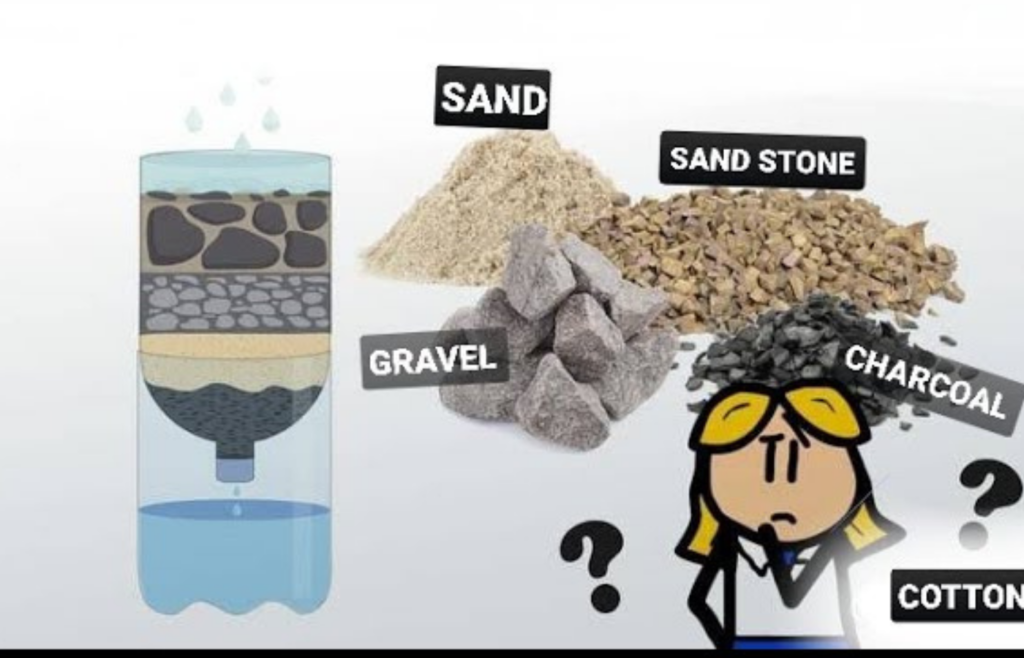
Stack gravel, sand, and activated charcoal in a container with holes in the bottom. Pour water through to remove debris and some contaminants.
This won’t kill microbes, but it helps clear murky water before boiling or treating. It’s a solid pre-filter method.
8. Distillation
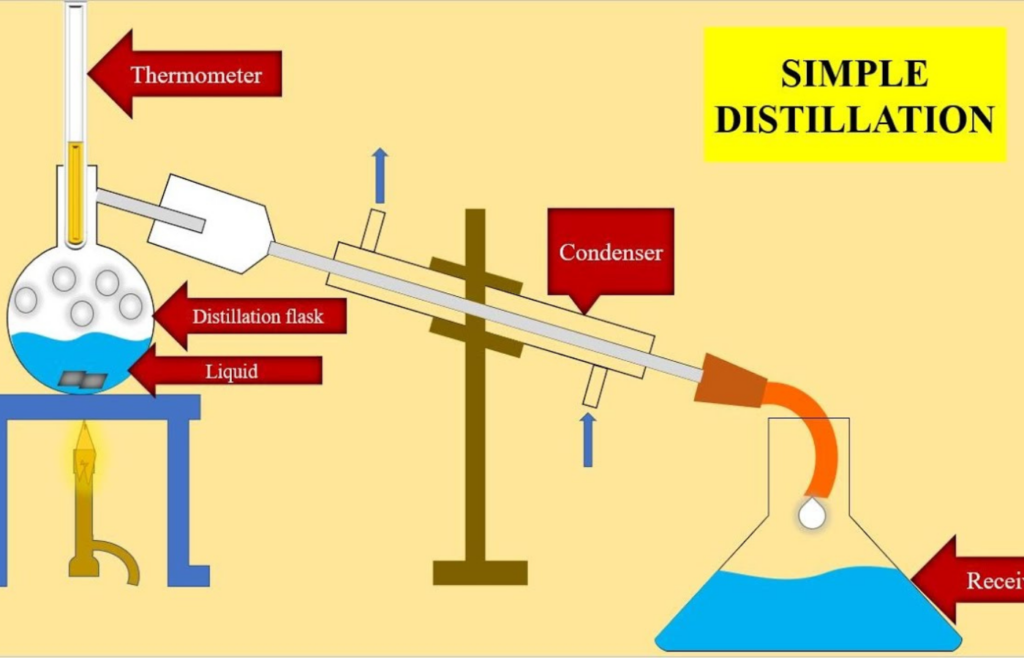
Boil water and collect the steam—this leaves heavy metals, salt, and most chemicals behind. You can do this with a pot, lid, and another container to catch the condensation.
It takes time and fuel, but distillation gives you very pure water. Great for desalinating seawater, too.
9. Portable UV Water Purifiers
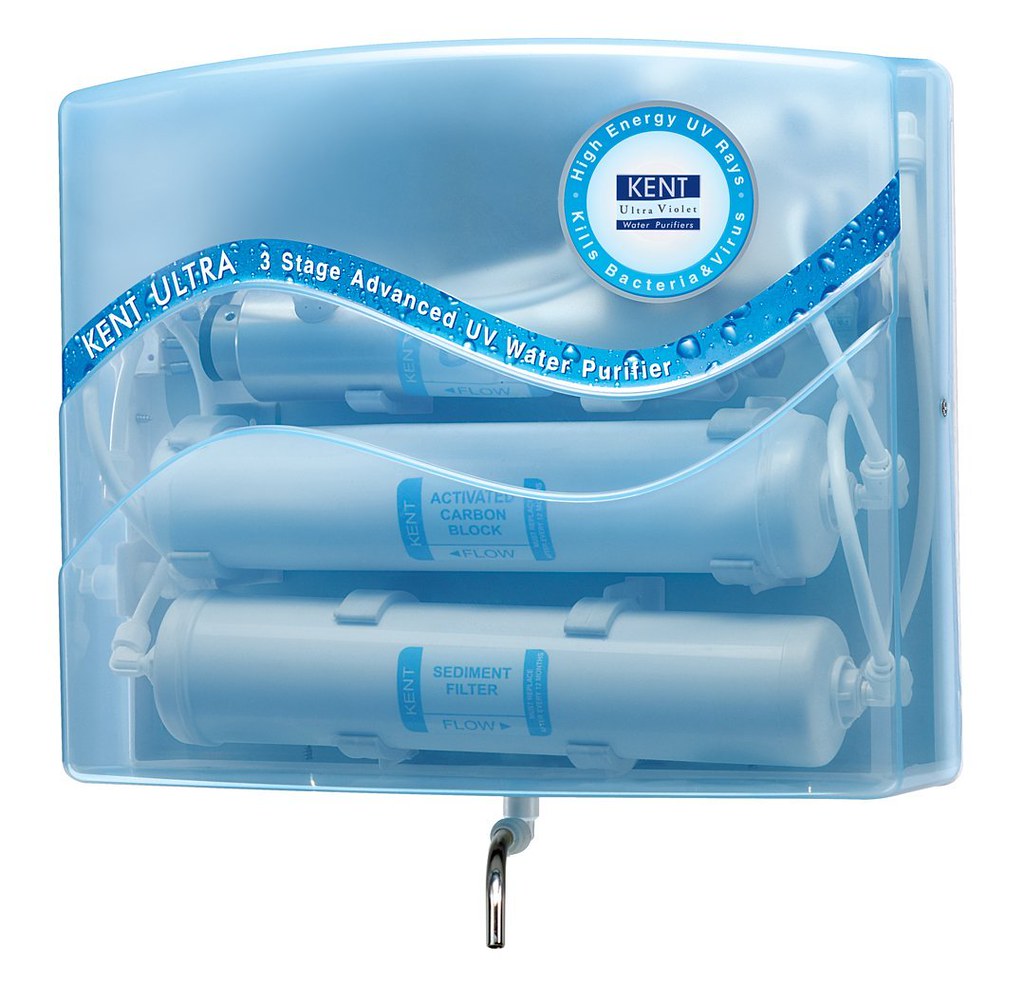
These battery-powered devices use ultraviolet light to kill bacteria, viruses, and protozoa in small amounts of water.
They’re fast and effective, but don’t work if the water is cloudy—pre-filter first. Keep spare batteries or a solar charger handy.
10. Iodine Drops or Tincture
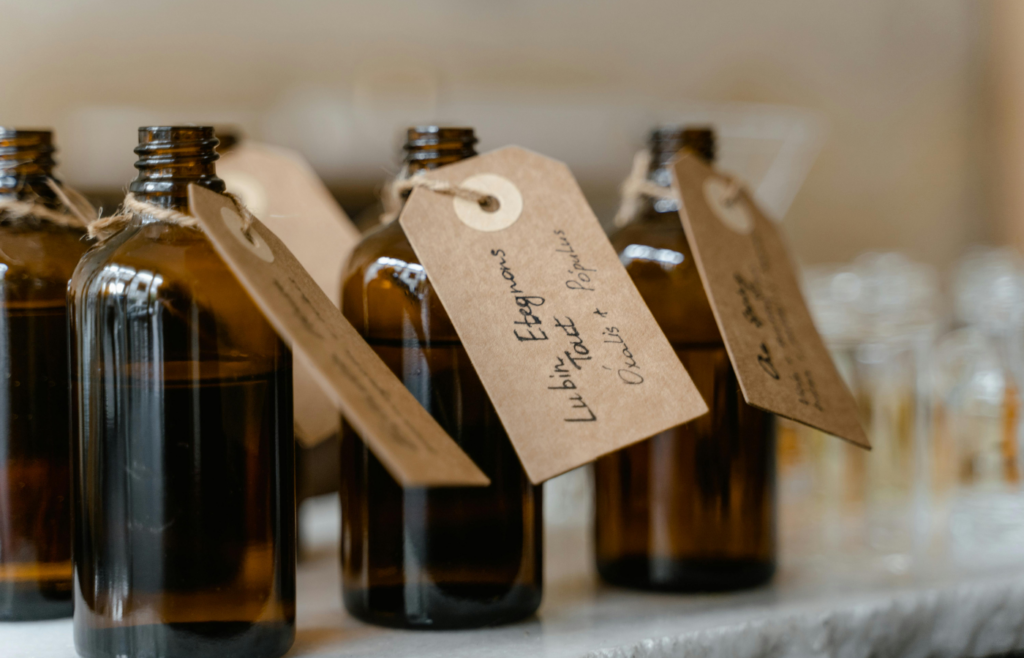
Iodine is an effective disinfectant. Use 5–10 drops per quart of water and wait 30 minutes. It leaves a taste, but it works.
Not recommended for long-term use, especially for pregnant women or those with thyroid issues. Still a useful tool in a pinch.
11. Ceramic Filters
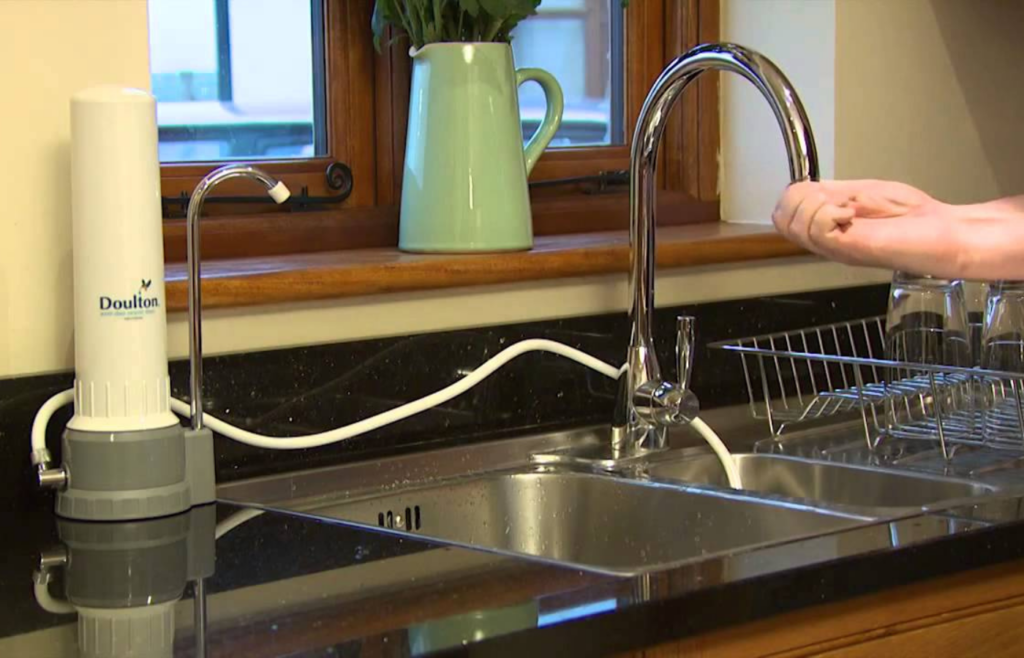
Ceramic filters trap bacteria and protozoa thanks to their small pore size. Many include a carbon core for extra filtering.
They last a long time and can be cleaned and reused. Perfect for off-grid homes or long-term use.
12. Activated Carbon Filters

These filters reduce bad tastes, odors, and some chemicals. They’re often used in combo with other methods since they don’t kill microbes on their own.
Still, they’re great for improving the taste of boiled or chemically treated water.
13. Wild Plant Filters (Caution: Advanced)
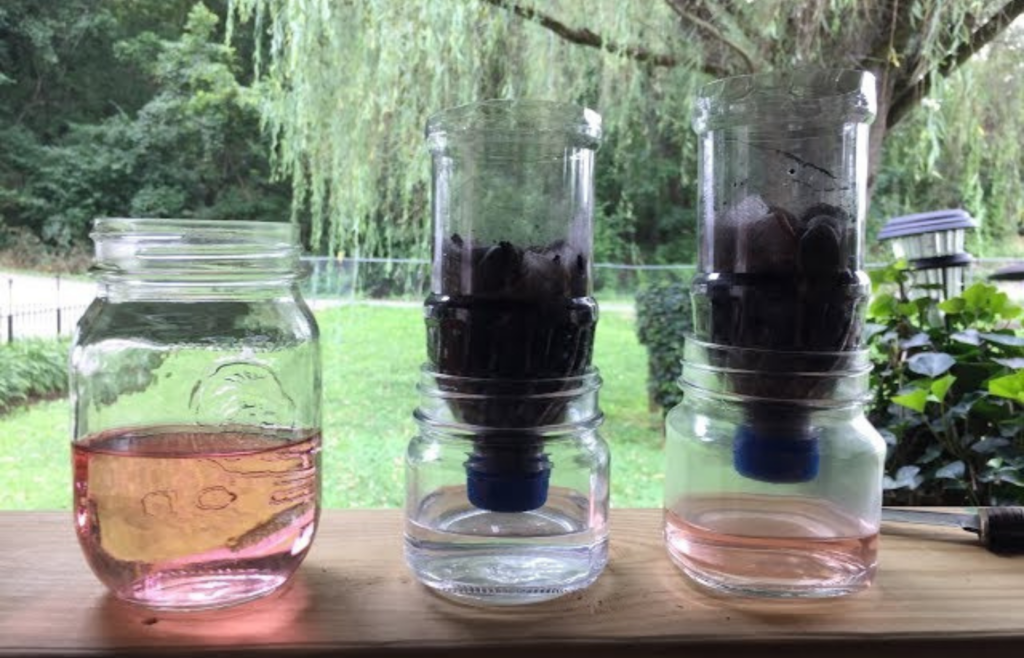
Certain plants like banana peels, moringa seeds, or charcoal from hardwood fires can help reduce particles and microbes.
Use these only with solid wilderness knowledge. They’re not foolproof, but in the right hands, they help improve water quality.
14. Clay Pots or Ceramic Filters (Slow Drip Systems)
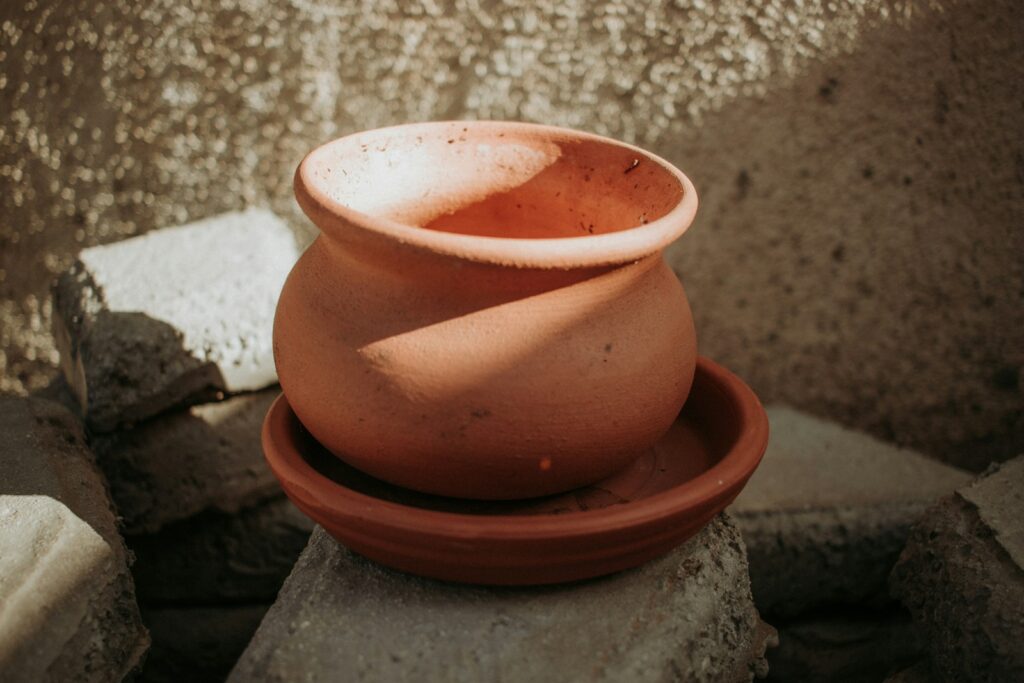
Traditional but effective. Water drips slowly through porous clay or ceramic and collects in a clean container. It removes debris and some microbes.
Not portable, but great for long-term home use, especially off-grid. Simple, ancient, and reliable.
Read More: Top 15 Wild Effects Volcanic Eruptions Have on the Planet
15. Pool Shock (Calcium Hypochlorite)
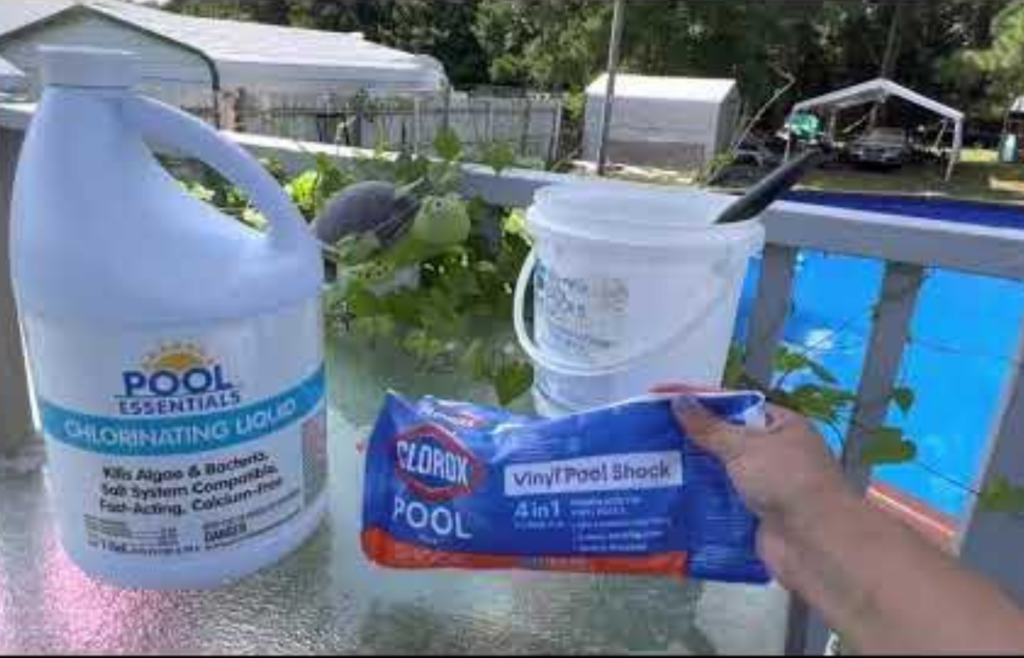
Mixed correctly, calcium hypochlorite can be used to make a chlorine solution to disinfect water. It’s potent and has a long shelf life—great for treating large quantities.
Use caution and follow exact ratios. Too much is dangerous. But done right, it’s a powerful way to purify.
Read More: 10 Coldest Places on Earth That Are Actually Inhabited

